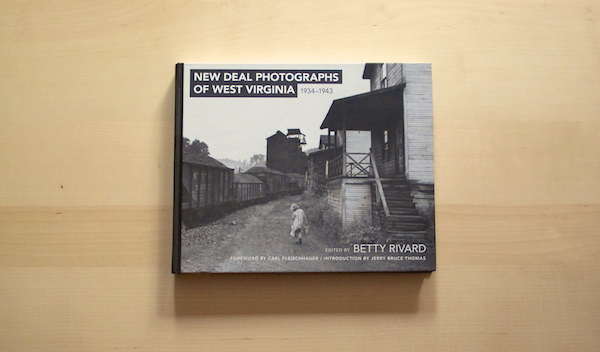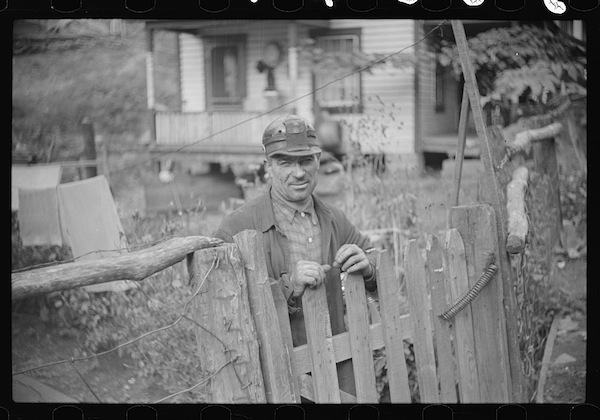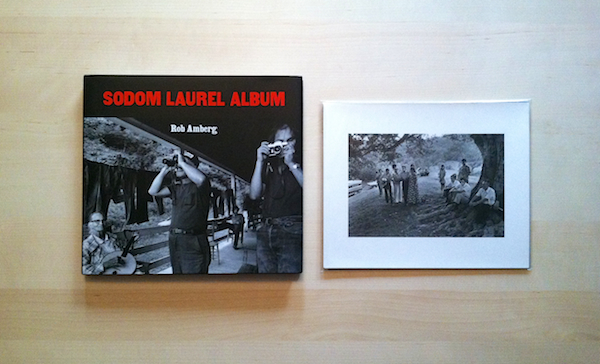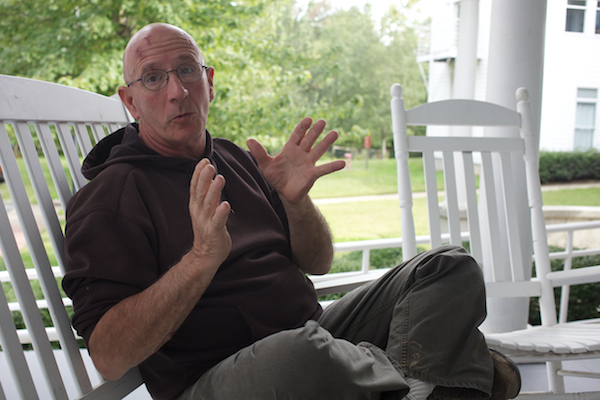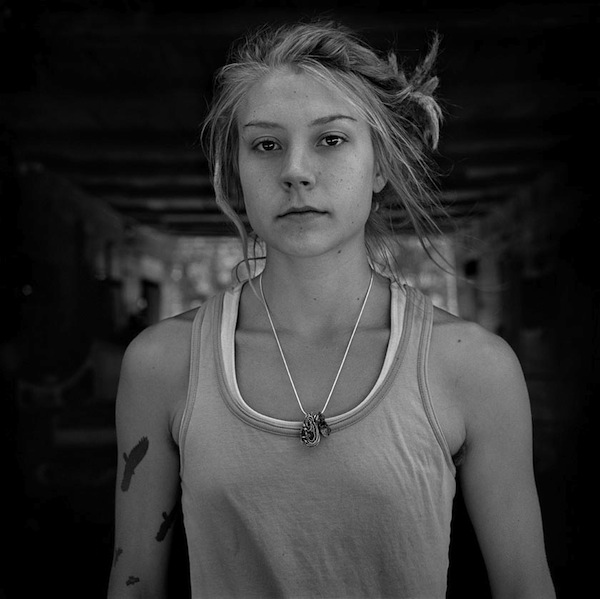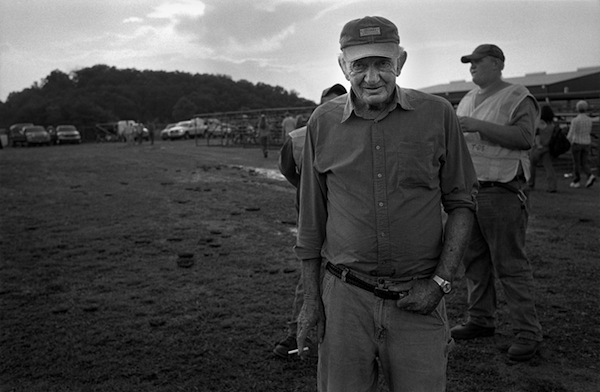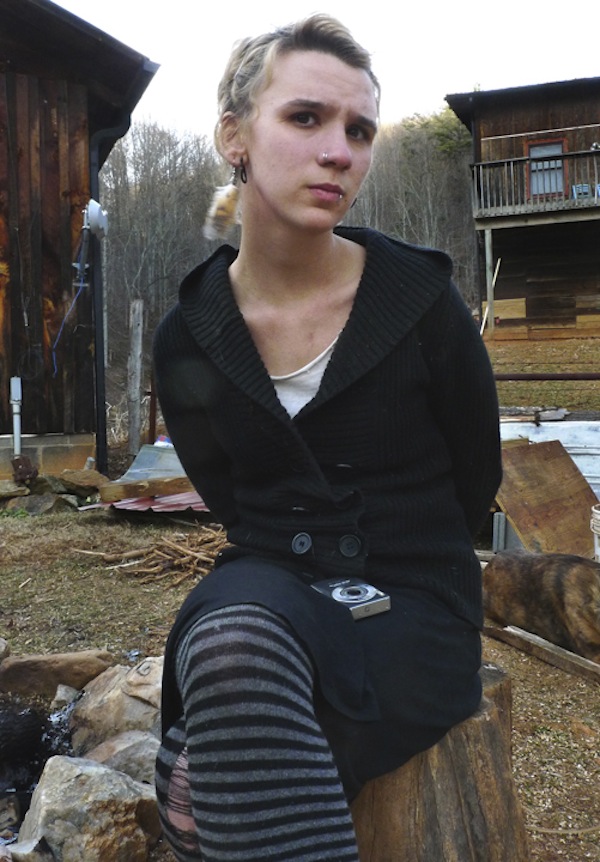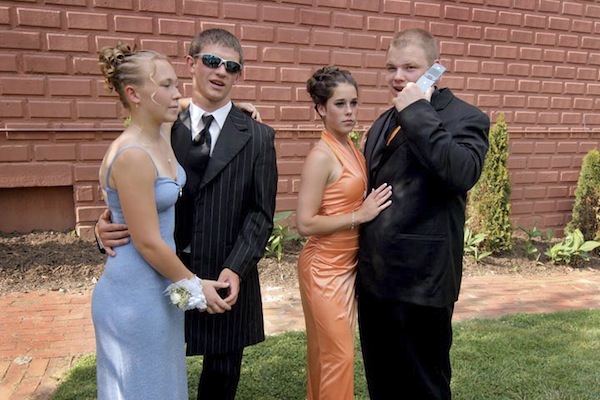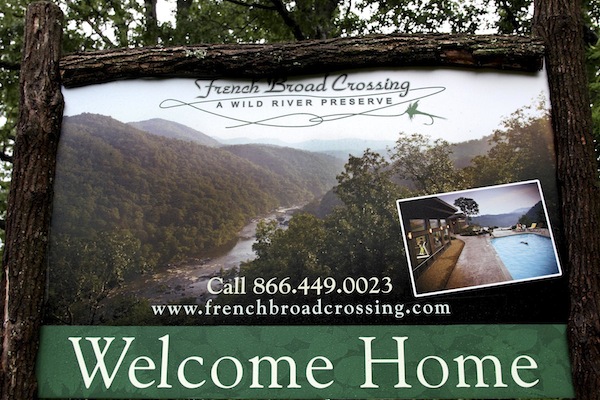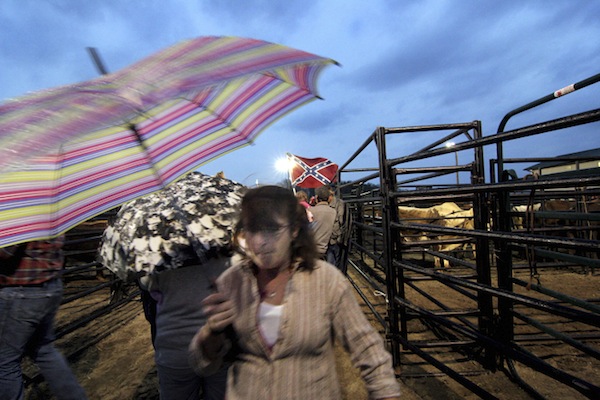 When you think of Lexington, Kentucky, you may not think of it being synonymous with Appalachia. But Lexington, just on the borderline of what the Appalachian Regional Commission defines as Appalachia, is by extension, Appalachian, heavily influenced by the people and culture of Appalachia proper (which also includes northern Alabama and northeastern Mississippi). When Sarah Hoskins first contacted me about participating in this series, it was clear to me her work was a good fit. I think you'll agree.
When you think of Lexington, Kentucky, you may not think of it being synonymous with Appalachia. But Lexington, just on the borderline of what the Appalachian Regional Commission defines as Appalachia, is by extension, Appalachian, heavily influenced by the people and culture of Appalachia proper (which also includes northern Alabama and northeastern Mississippi). When Sarah Hoskins first contacted me about participating in this series, it was clear to me her work was a good fit. I think you'll agree.
Her work in and around the black hamlets of Lexington is striking. Her approach to making these pictures has always been about relationships. Like most places in Appalachia, photographers, documentarians, and the like come to get something and they leave. Hoskins didn't come to just "get." For more than a dozen years, she's returned to these communities, these sacred places, to her friends and now extended family. It may be stating the obvious, but she knows this work couldn't be done without the people. Her work honors them.
Back Home to The Homeplace
In the fall of 2000 I stood in the middle of Frogtown Lane map in hand, I didn’t know a soul. On June 11, 2012 I lay strapped down in an emergency room in Somerset, Kentucky a hundred miles away from that lane.
I had left the African American hamlets of the Inner Bluegrass Region that morning, where I had been photographing for the past week as well as the past twelve years. My daughter and I had been on our way to Tuskegee University, where I was to give a lecture on my photography project that I call "The Homeplace." The residents of the hamlets arrived like the cavalry in Somerset within hours of the car accident, dropping everything to rescue my daughter and myself as well as all of our belongings including my cameras and film from the wreckage that was our car. The sky passes in blurs, fleeting and fast moments. It began as I stood looking through a machine of glass and mirrors trying in an instant to capture all that was. I now feel the blur of lives that have left and I have lost. I am left with those static moments. Wishing those moments would move and bring me back to all that was.
I am strapped down and can’t move. I know I have something running through my veins, as the pain is less. The florescent lights overhead are all that I can see. They blur as I am wheeled quickly through the halls. I am the patient that they make way for. The captain of the medivac is still pushing me. Numbers are called out, stats of heart rate and blood pressure. What is my name? What is my birthday? Do I remember what happened? I feel the tears run down my cheeks. I don’t. I know my daughter is alive and safe. I know that the medivac team rescued me from the small, ill equipped, and scary hospital that I was in. I have always been afraid of helicopters, today in my morphine haze I have never been so grateful to have been in one.
I am being wheeled through the in the emergency room of UK hospital in Lexington, Kentucky. I am brought into yet another emergency room. I can still only look up. I see the eyes that are Derek’s, the same eyes his daddy had. He strokes my hair that is matted and covered in dried blood. His warm coal colored hand holds my cold pasty white one. The nurse says, “Only relatives are allowed in here. How are you two related?” I hear the smile in Derek’s voice, “It’s a long story."
In the decade after the Civil War African American settlements sprang up around the horse farms in Kentucky’s six-county Inner Bluegrass Region. These villages or hamlets, as they have come to be known were originally inhabited by freed slaves who were needed to work on the area farms. Today, many of the residents are descendents of the freed men and women who founded them. In some cases as many as six generations of a family have lived in succession on a “homeplace” in these communities. Some of these hamlets are prospering while the existence of others is tenuous. With each visit I make, I am continually told of people and places where “you need to go.”
The Homeplace is comfort. The place you can go back to no matter how many years have passed. It will always hold something familiar something safe.
My project is a tribute to the residents of these hamlets, a salute to the elders who learned of slavery at their grandparent’s knees and endured the Jim Crow south. Who lived ‘separate but equal’ and saw the decades of milestones and their impacts, including desegregation, social segregation, and ultimately the election of Barack Obama. The residents did much more than endure and survive negative circumstances; they rose above them and thrived.
Over the years, like so many other documentary photographers, I apply for grants to help me fund my work. I would love to be rewarded with funding; it would certainly help. But rewards come in different forms, as was the case when I first read this letter written over eight years ago by one of the residents:
"Her presence in our communities over the past four years has renewed a pride in the old hamlets. She is well-known and received by the older members of the communities who are often very skeptical when visitors “show up” but yet have been revitalized because someone is taking the time to show sincere interest and concern for them. I only wish I could fully express the importance of her work and what it means to all of us. From Maddoxtown to Jimtown, from New Zion to New Vine, from Utteringtown to Peytontown, from Bracktown to Cadentown (to name a few) she has made good friends who eagerly anticipate her arrival each time she ventures from Chicago, Illinois. As a result she has compiled a list of names—friends given to her by local residents, that is quite extensive and she manages to keep in contact with many of us by phone. She is so highly favored because she did not come to take away from us like so many do, but unknowingly she has restored a sense of pride once again in our African-American heritage."
I feel Derek squeeze my hand, I breath shallow and painful breaths, but I breathe. I realize that I am not done yet, that I am back home to The Homeplace and I am rewarded yet again.
Sarah Hoskins December 7, 2012
Sarah Hoskins is a documentary photographer, educator, and lecturer currently splitting her time between Chicago, Illinois and Lexington, Kentucky. Her photographs have been included in over 100 exhibitions and are in the permanent collections of The Smithsonian Institution, The Library of Congress, the Museum of Fine Arts Houston, and many others. Her work has been featured on NPR, in American Photography, American Legacy Magazine, Foto8, F8, Photo District News, South X Southeast, The Digital Journalist, and many others. She received her BA from Columbia College Chicago.
All photographs © Sarah Hoskins. 1. Creek baptism, 2012. 2. The Sisters after meeting, 2011. 3. Sunday morn, 2001. 4. Collection, 2004. 5. Chopping tobacco, 2005. 6. Hog in tub, 2002. 7. Pot pies, 2012. 8. Lodge meeting, 2005. 9. Satellite dish and slave cabin, 2010. 10. Walker family reunion, 2011. 11. Basketball, 2005. 12. The Benevolent Sisters, their 99th year, 2004. 13. Housing tobacco, 2005. 14. Rev. Raglin, Zion Hill Days, 2009. 15. Show me the way, 2011.














